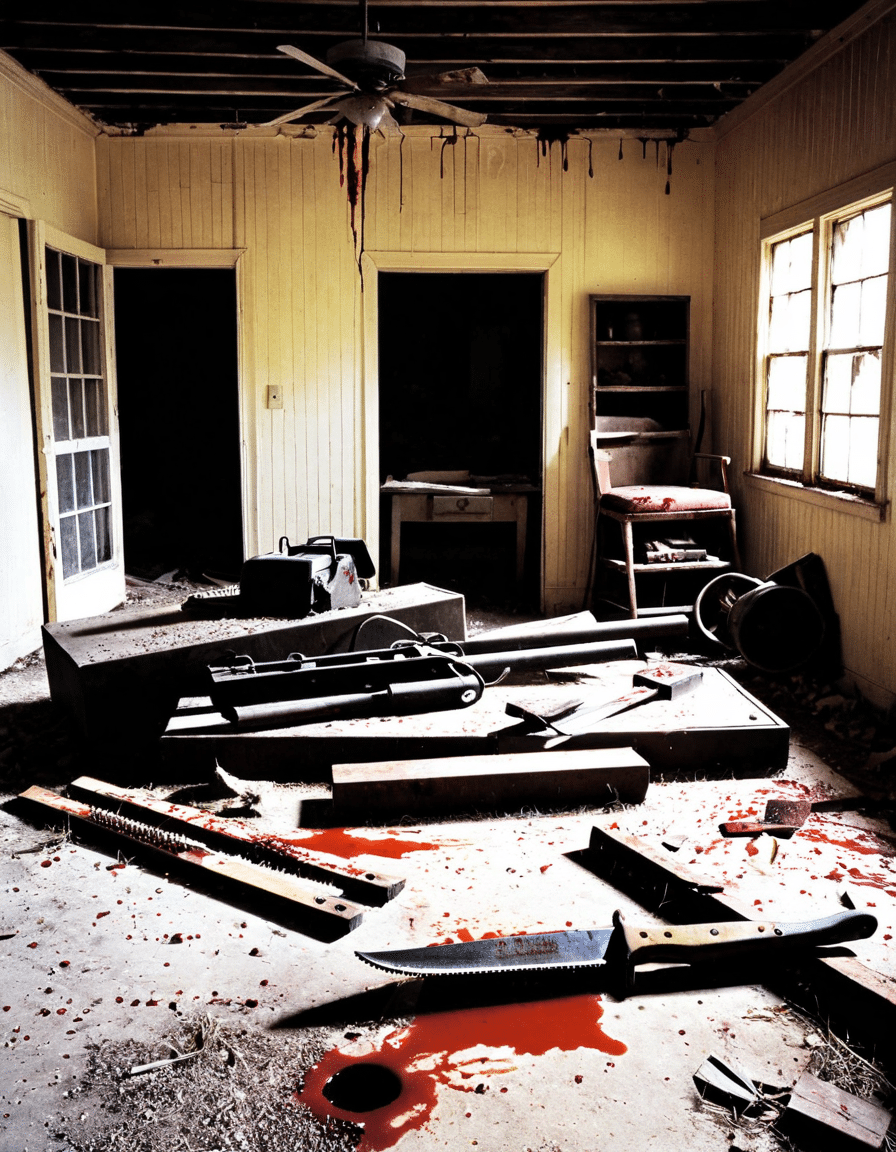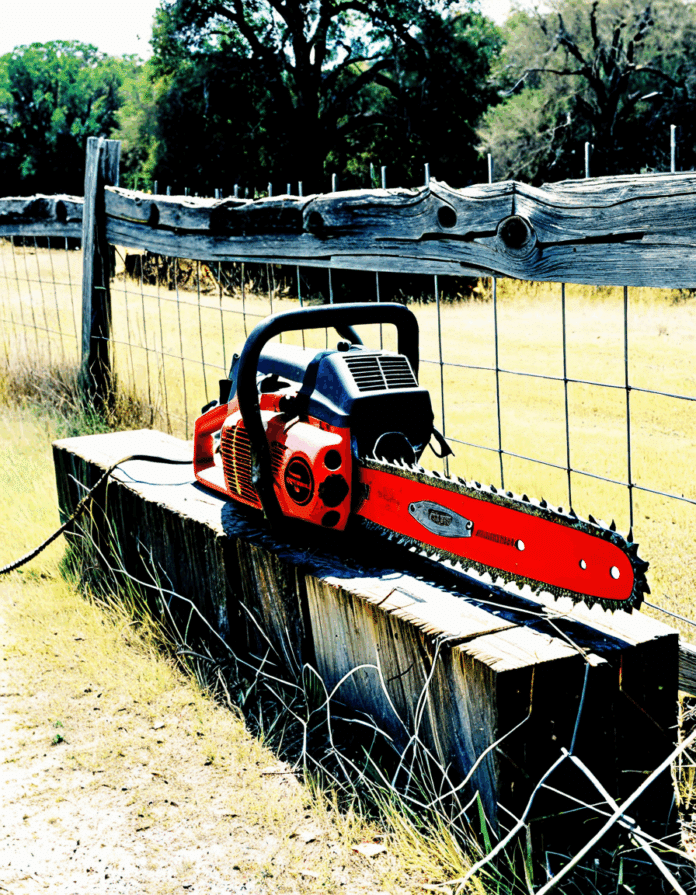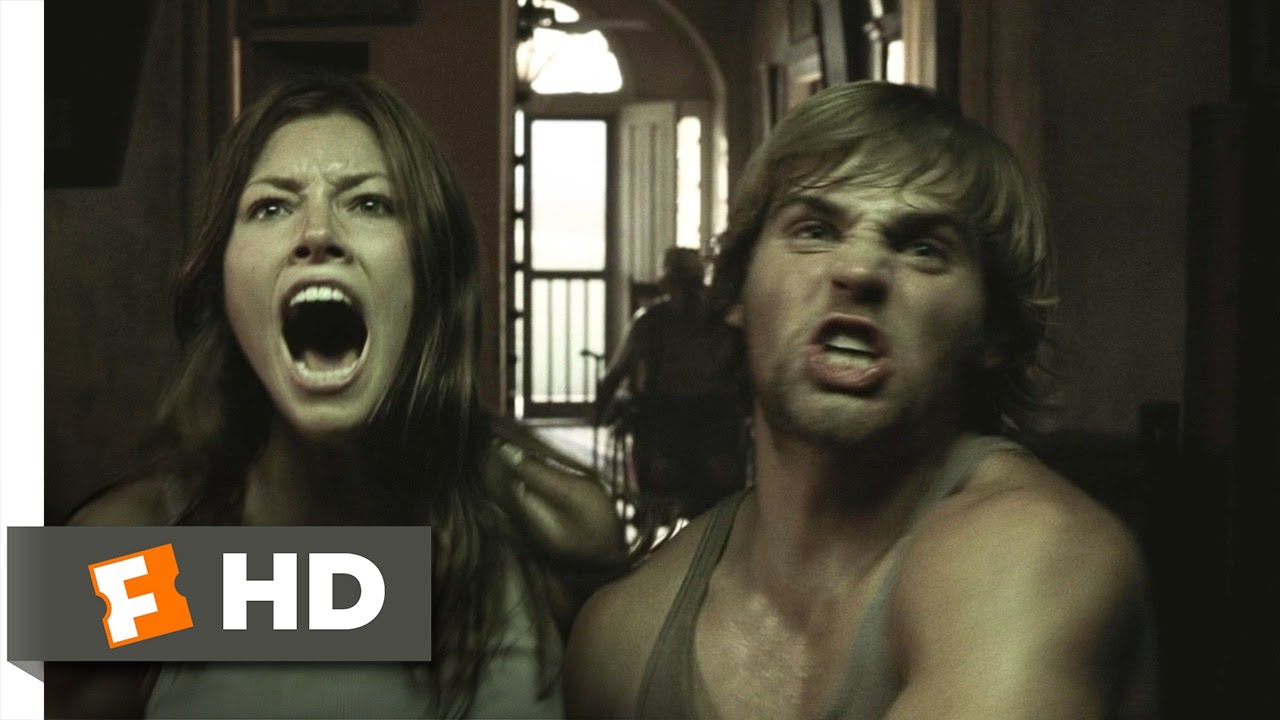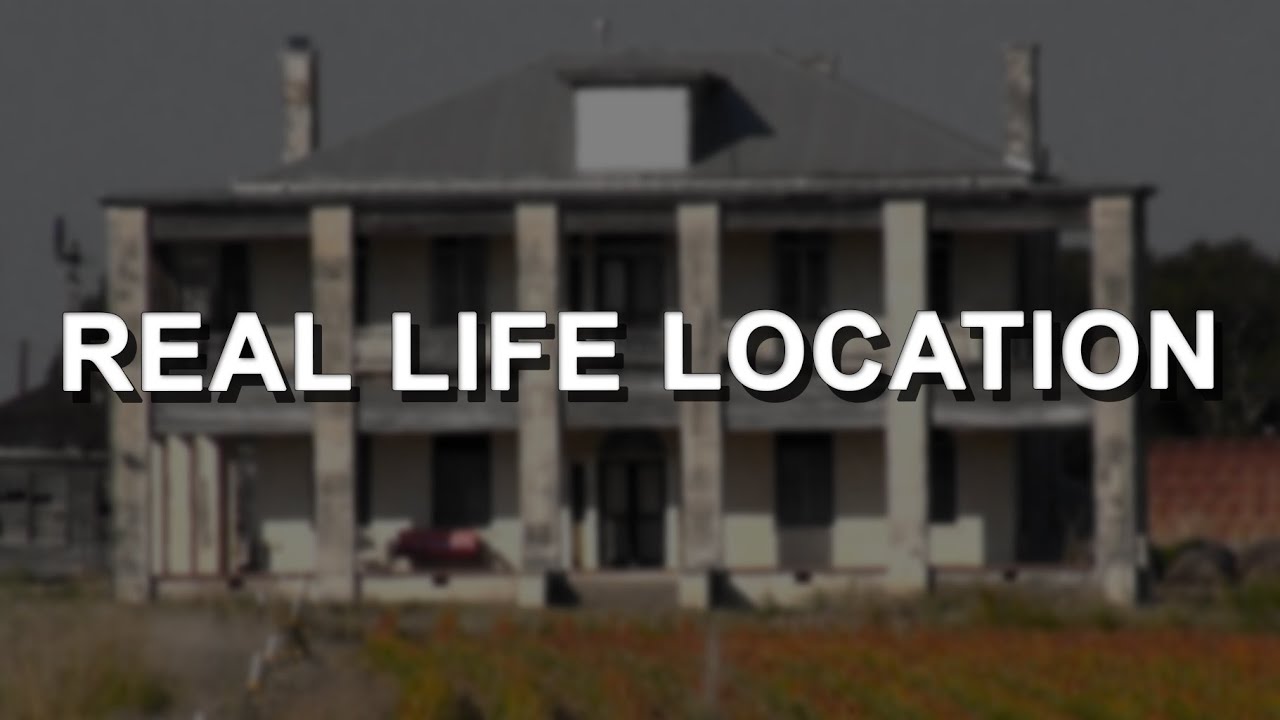The Texas Chainsaw Massacre, directed by Tobe Hooper and released in 1974, changed the landscape of horror cinema forever. This iconic film isn’t just another slasher flick; it’s a harrowing reflection of societal fears and a commentary on the changing American landscape. With its raw depiction of violence and a brutal portrayal of rural America, the Texas Chainsaw Massacre went on to influence countless filmmakers and writers. Let’s dig into the fascinating cultural impact of this film and explore some shocking facts you might not know.
The Cultural Impact of the Texas Chainsaw Massacre
The Texas Chainsaw Massacre arrived at a time when America was feeling unsettled. The 1970s brought about rapid changes in social norms, and the film reflected this zeitgeist brilliantly. Many analysts argue that the film’s unsettling content symbolized the anxieties of a nation grappling with issues from Vietnam War casualties to disenchantment with the American Dream.
This film’s grittiness has inspired a slew of horror films that came after it, laying the groundwork for what would become the slasher genre. It’s no wonder that movies like Halloween and A Nightmare on Elm Street draw on the raw intensity that the Texas Chainsaw Massacre perfected. Even today, the film serves as a reference point for horror films, sparking discussions about violence, family dysfunction, and the consequences of isolation in a rapidly modernizing world.
Though it seems outrageous, the Texas Chainsaw Massacre has become a pop culture staple, appearing in various forms, from Halloween costumes to memes. The character of Leatherface has become emblematic of horror itself, representing our primal fears that remain deeply rooted in society. The ongoing relevance of the Texas Chainsaw Massacre showcases not just the power of its narrative but also our ongoing struggle to confront the darker sides of human nature.
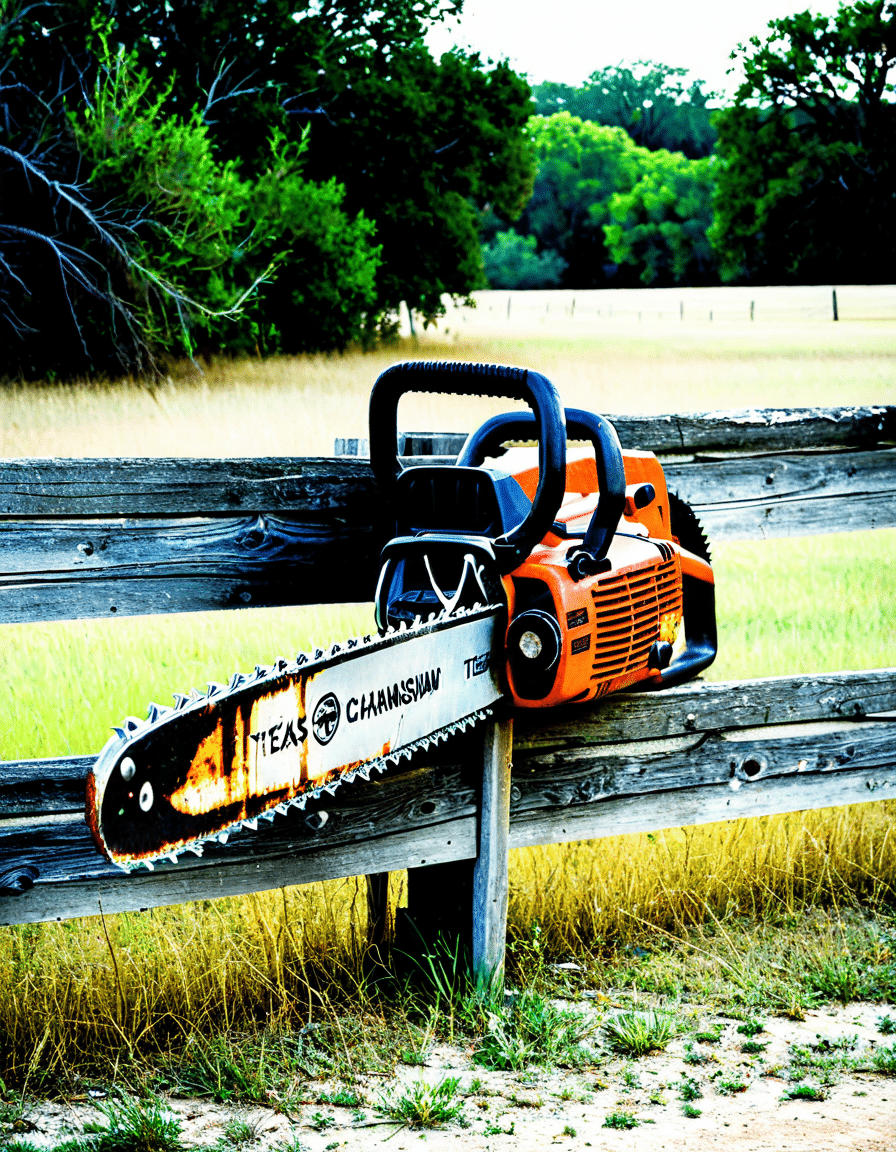
7 Shocking Facts About the Texas Chainsaw Massacre
1. Based on a True Story, But Not Exactly
Many might assume that the Texas Chainsaw Massacre is a straight-up retelling of horrific real events. While the film is marketed under the notion of being “based on true events,” it is, in fact, a fictional creation inspired by the real-life murderer Ed Gein. Leatherface, the film’s infamous antagonist, embodies elements of Gein’s disturbing behaviors. Yet, unlike other horror films like Alfred Hitchcock’s Psycho, which also drew inspiration from Gein, the events depicted in this film are not factual.
2. The Iconic Leatherface Mask
When you think of the Texas Chainsaw Massacre, the image of Leatherface’s mask immediately springs to mind. Constructed from human skin, the mask goes beyond mere horror; it symbolizes deeper themes of identity and societal rejection. Actor Gunnar Hansen, who brought Leatherface to life, faced harsh conditions during filming, enduring both a hot Texas summer and the emotional weight of his character. The palpable fear he created contributed immensely to the film’s overall eeriness.
3. The Film’s Budget and Box Office Success
Remarkably, the Texas Chainsaw Massacre was filmed on a shoestring budget of just $140,000. However, this investment paid off big time, grossing nearly $30 million worldwide. This impressive return illustrates how its raw, authentic feel resonated with audiences. The marketing strategy? Using the film’s ambiguous authenticity to build intrigue and buzz, which worked famously.
4. Groundbreaking Techniques in Filmmaking
Tobe Hooper utilized innovative filming techniques that were extraordinary for the time. Specifically, the use of natural lighting and handheld camera operation made audiences feel as if they were part of the horrifying scenario. Those choices turned the Texas landscape into a character in its own right, adding to the film’s intensity. These groundbreaking approaches influenced many horror filmmakers who came after, setting a new standard for authenticity.
5. Social Commentary on the American Dream
The Texas Chainsaw Massacre serves as a critique of the American Dream and unchecked consumerism. The Sawyer family’s grotesque cannibalism can be seen as a metaphor for the societal breakdown of traditional family roles amid economic decline. As urbanization began encroaching into rural life, the film encapsulated public fears and anxieties of losing simpler, more traditional lifestyles.
6. The Unrated Version’s Hidden Gems
After its initial release, the Texas Chainsaw Massacre was notorious for its alleged graphic violence. Strangely enough, many analyses show that the film is less graphically intense than some remember; much of the horror is implied rather than overtly shown. Recent unrated versions have included scenes previously cut from the original, enriching the characters’ narratives and offering a deeper perspective on their motivations, augmenting the overall horror experience.
7. The Legacy of the Franchise
Since hitting theaters, the Texas Chainsaw Massacre has spawned multiple sequels and remakes that have taken the franchise in various directions. Notable entries include the 2003 remake directed by Marcus Nispel, as well as the recent 2022 Netflix film, both of which tapped into modern fears while evoking the classic elements that made the original film so memorable. Each iteration addresses shifting societal concerns and ensures that the Texas Chainsaw Massacre remains alive and relevant to new audiences.
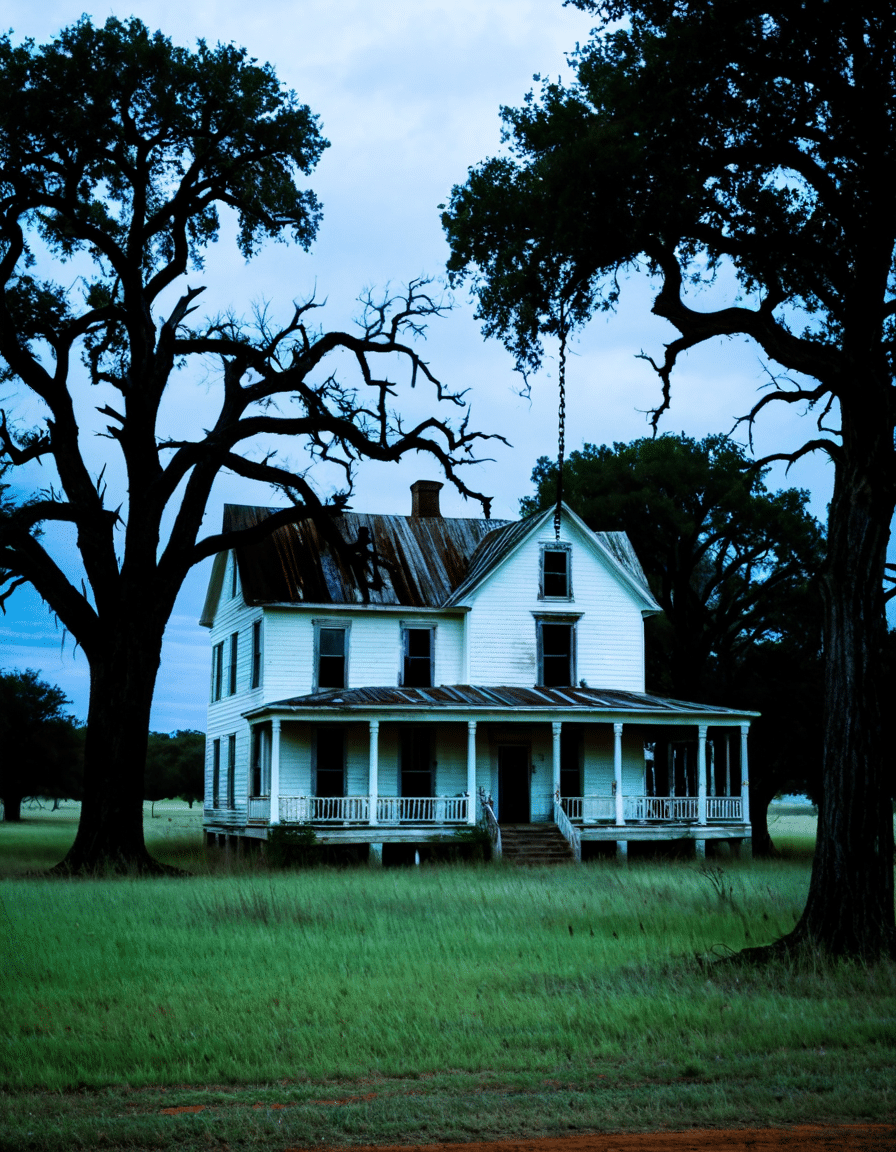
The Enduring Relevance of the Texas Chainsaw Massacre
Years after its release, the Texas Chainsaw Massacre remains a hot topic in both academic circles and fan discussions. The film’s portrayal of violence, family turmoil, and societal decay isn’t just a relic; it echoes deeply through time. This flick continues to shine a light on human fears and complexities, reminding us how deeply intertwined horror is with the examination of societal anxieties.
In conclusion, the unsettling truths embedded within the Texas Chainsaw Massacre resonate today, showing that the fears it encapsulated are not just finishes of a bygone era but persistent issues that continue to be relevant. This masterwork of horror doesn’t just entertain; it forces us to confront dark aspects of human nature and society that might be too uncomfortable to face head-on. As we plunge further into the 21st century, the Texas Chainsaw Massacre stands as a chilling reminder of both our past and our continually evolving cultural landscape.
Texas Chainsaw Massacre: Shocking Facts You Didn’t Know
An Icon of Horror Cinema
The Texas Chainsaw Massacre isn’t just another slasher flick; it’s a cultural phenomenon that changed the horror genre forever. Released in 1974, this film was inspired by the real-life antics of a Wisconsin man, Ed Gein, whose gruesome acts were reminiscent of the movie’s chainsaw-wielding antagonist, Leatherface. Interestingly, despite its horrifying subject matter, this film was brought to life on a shoestring budget of around $140,000. It turns out, some of its shocking imagery was so striking that the movie earned a solid spot in the 13 15 list of essential horror films.
Moreover, the movie was shot in Texas, which truly solidified the state’s association with horror. The town where most of the filming took place, a sleepy little area reminiscent of Wyomissing, is now a pilgrimage site for horror enthusiasts. One unreal aspect? The cast and crew experienced real-life tension on set, with disagreements that sometimes made the on-screen horror seem mild by comparison. Talk about method acting!
Underrated Tidbits
Here’s a head-turner: the iconic chainsaw sound came from rather unexpected sources! The filmmakers recorded various chainsaws of different brands to get the chilling noise right. And if that wasn’t enough to goosebumps your spine, consider this: the film’s shocking realism drew audiences in, making Texas Chainsaw Massacre a classic that sparked countless imitations. In fact, it paved the way for horror tropes we still see today, just like how popular fashion influences, like the Jordan 3 White cement, inspire modern styles.
And let’s not forget about Leatherface himself. He wasn’t just a monster; he was a complex character, struggling with man vs. nature themes, sometimes reflecting real family dynamics. The connection to Texas could almost be compared to the small-town charm in places like Manchester VT. This raw emotion resonated with viewers and helped elevate the film from mere shock value to deep storytelling.
The Legacy Lives On
Even after almost fifty years, the Texas Chainsaw Massacre continues to influence films and television shows. The concept of a terrifying family unit has become a recurring theme in spooky cinema, reminding us of the uncanny parallels found in countless horror narratives. You’ll find that eerie familiarity is the key to horror: it’s like those pesky Baltimore city parking Tickets—irritating yet somehow too relatable.
Overall, the Texas Chainsaw Massacre is not just a flick you watch on a spooky night; it’s a legacy rooted in American culture. So the next time you think of a horror classic or plan a movie marathon, remember the countless influences this film has. From its chilling sounds to its haunting characters, it remains a seminal work that forever changed the face of horror, even influencing other genres. So, whether you’re sitting in Kalispell, Montana, or New Britain, CT, grab some popcorn, and dive into this iconic masterpiece if you haven’t already!
